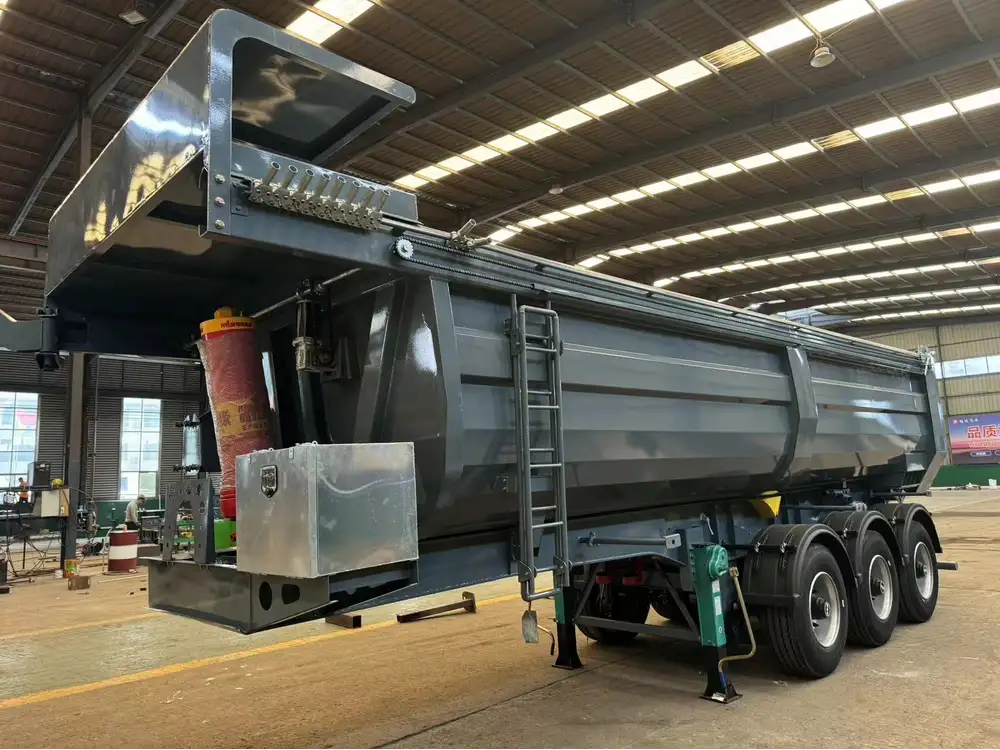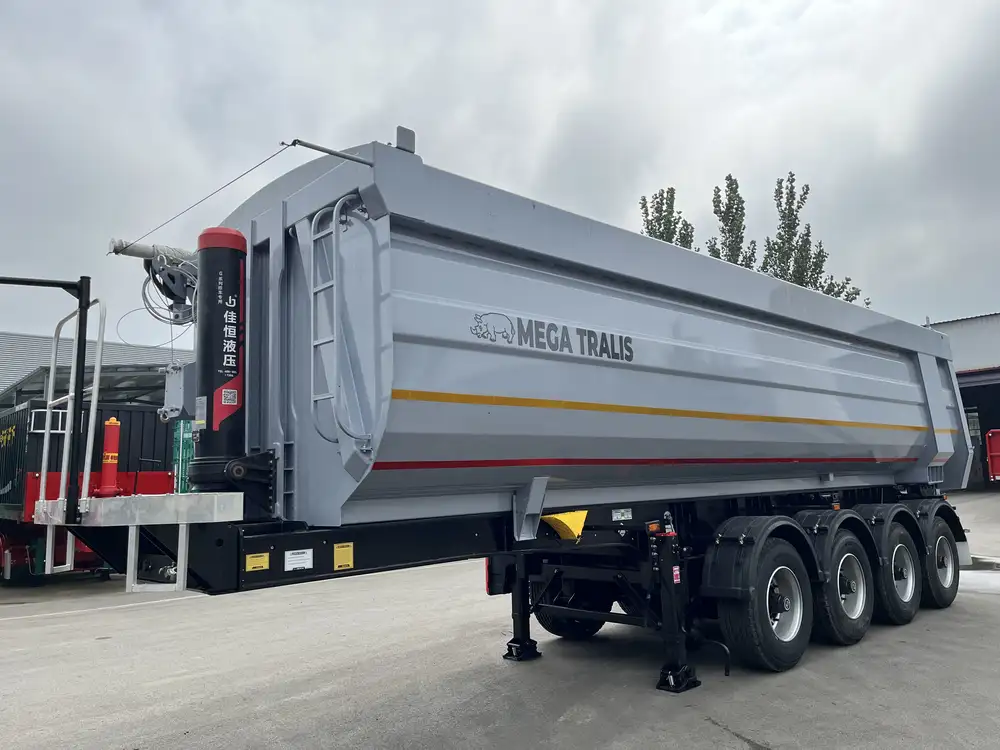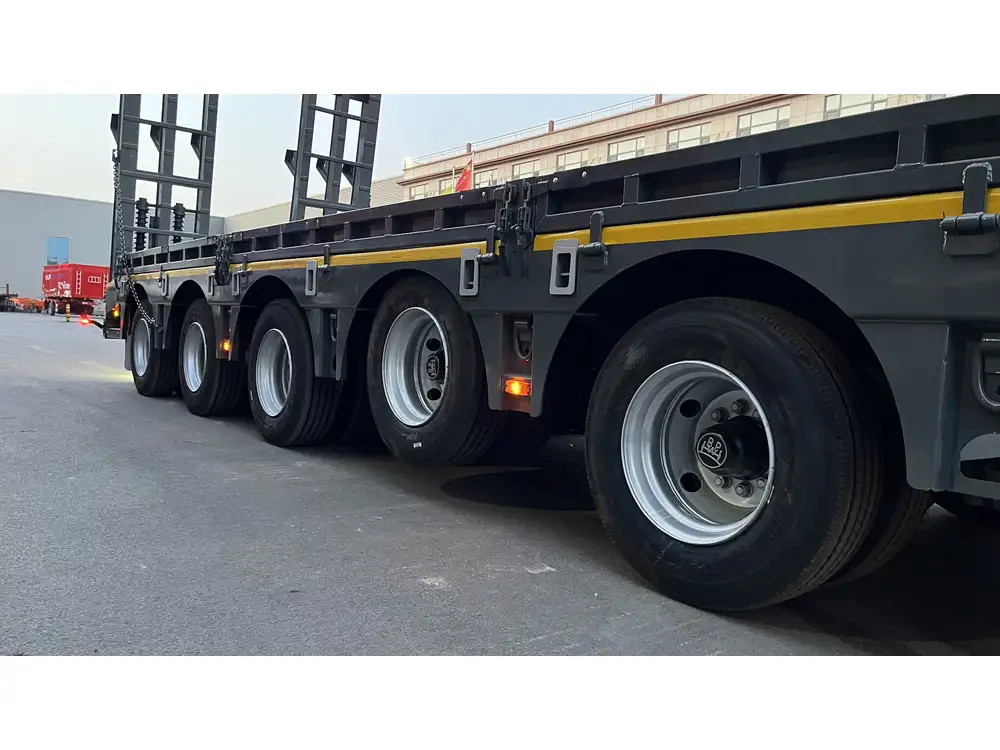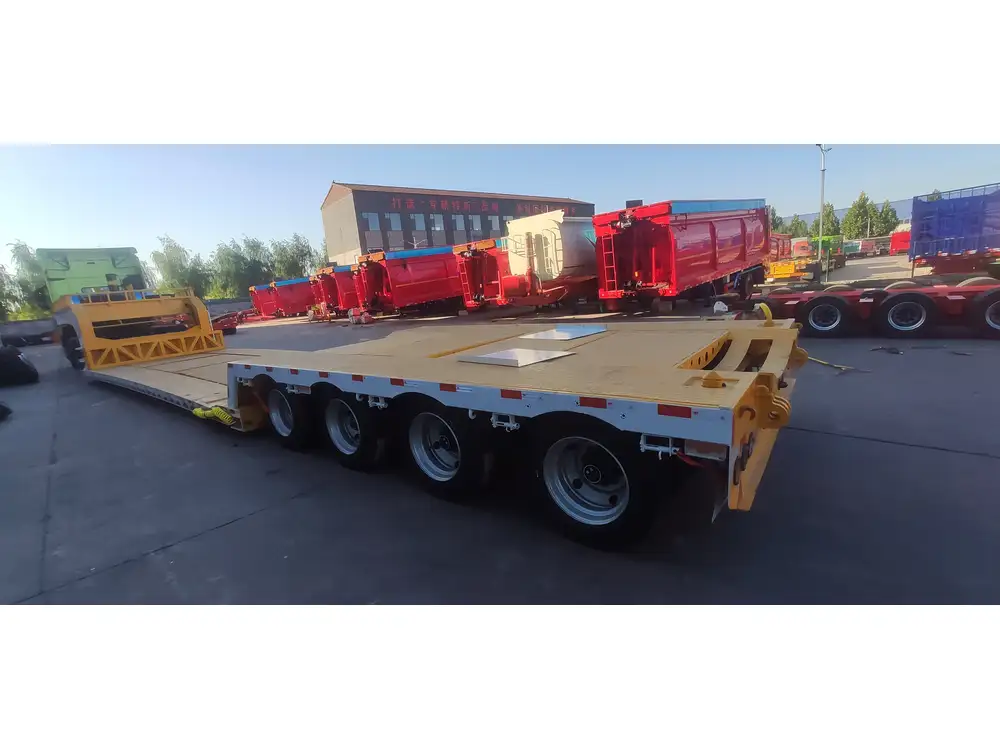Operating tanker trailer steam lines requires not only a solid understanding of the equipment but also a grasp of best practices to ensure efficiency and safety. As industry regulations and operational standards evolve, the need for a thorough guide becomes evident. This article seeks to examine the intricacies of managing steam lines within tanker trailers, outlining essential processes, maintenance tips, and troubleshooting strategies that facilitate optimal performance.
Understanding Tanker Trailer Steam Lines
Definition and Functionality
Tanker trailers equipped with steam lines primarily serve the purpose of transporting temperature-sensitive materials. These materials often necessitate temperature control during transit to prevent spoilage or structural changes. The steam lines offer a heating solution, ensuring that the contents remain within designated temperature limits throughout the journey.
Components of Steam Lines
Steam Boiler: Generates steam from water, converting it into steam through the application of heat.
Delivery Lines: These pipes transport steam from the boiler to various points in the tanker trailer.
Control Valves: Responsible for regulating the flow and pressure of steam within the system.
Insulation: Enhances efficiency by minimizing heat loss through the delivery lines.
Thermometers and Pressure Gauges: Instruments for monitoring temperature and pressure, contributing to system safety and efficiency.
Operating Procedures for Tanker Trailer Steam Lines

Step-by-Step Operation
1. Pre-Operation Checks
Before initiating any operation, ensure that the following checks are carried out:
Inspection of Steam Boiler:
- Ensure that the water level is appropriate.
- Check for any leaks or damage in boiler lines.
Examine Delivery Lines:
- Inspect for integrity; look for rust, corrosion, or any visible damage.
- Ensure that insulation is intact to prevent heat loss.
Test Control Valves:
- Verify functionality by opening and closing valves to confirm smooth operation.
2. Starting the Steam Boiler
- First, ensure all safety protocols are in place.
- Turn on the power supply to the boiler.
- Fill the boiler with water to the designated level.
- Set the thermostat to the required temperature.
- Monitor the startup sequence through pressure gauges and thermometers until the desired pressure is reached.

3. Activating the Steam Lines
- Gradually open the control valves to allow steam to flow through the delivery lines.
- Continuously monitor the pressure and temperature gauges to ensure they remain within operational limits.
- Use the thermometers strategically placed along the trailer points to check the temperature of the contents being transported.
4. Maintaining Optimal Conditions
- Ideally, constant monitoring is crucial during transit. Keep an eye on temperature fluctuations and pressure drops, adjusting control valves as necessary to maintain steady conditions.
- Consider implementing data loggers to analyze historical performance data, leading to enhanced decision-making.
Safety Measures
Personal Protective Equipment (PPE): Always wear appropriate PPE, including gloves, goggles, and heat-resistant clothing.
Emergency Shut-Off Procedures: Familiarize yourself with the emergency shut-off mechanisms in place in case of unexpected issues.
Regular Training: Ensure that all operators are trained in handling steam lines and understand the operational protocols thoroughly.

Maintenance of Tanker Trailer Steam Lines
Routine Maintenance Schedule
Perform the following tasks regularly to maintain optimal performance and prolong the lifespan of the steam lines:
| Task | Frequency | Notes |
|---|---|---|
| Inspect boiler water level | Daily | Check before each operation |
| Check for leaks in lines | Weekly | Especially around joints and valves |
| Clean and descale boiler | Monthly | Prevents limescale buildup that can impair efficiency |
| Thermometer calibration | Quarterly | Ensure accurate readings |
| Pressure valve testing | Biannually | Confirm that pressure settings are accurate |
Advanced Maintenance Practices
Inspection for Corrosion: Extend the lifespan of steam lines by employing anti-corrosive coatings on external surfaces.
Steam Trap Checks: Regularly inspect and maintain steam traps to prevent water hammering, which can damage the system.
Insulation Integrity: Inspect for wear and tear on insulation materials; replace as required to maintain system efficiency.

Troubleshooting Common Issues
Identifying Problems
Understanding issues related to steam lines can prevent costly downtimes. Below is a list of common problems encountered during operation and easy solutions.
| Issue | Possible Cause | Solution |
|---|---|---|
| Low steam pressure | Insufficient water in the boiler | Refill boiler to the adequate water level |
| Temperature fluctuations | Faulty control valve | Inspect and replace if necessary |
| No steam flow | Blocked delivery line | Inspect for obstructions, clear as needed |
| Excessive steam loss | Damaged insulation | Repair or replace damaged insulation |
| Safety valve continuously opens | Exceeding pressure limits | Investigate and repair the pressure build-up |
Streamlining Troubleshooting
Document Everything: Maintain a log of all maintenance and issues encountered with the steam lines. This data can be invaluable for identifying trends and preparing for future operations.
Utilize Diagnostic Tools: Invest in diagnostic tools that allow for real-time monitoring of system performance, helping to spot issues before they escalate into major problems.

Best Practices for Operating Tanker Trailer Steam Lines
Efficient Transport Operations
Load Management: Prior to loading, assess the cargo’s properties and determine the required steam conditions. Proper load management directly impacts overall efficiency.
Driver Training: Equip drivers with sufficient knowledge of steam operations to ensure they are vigilant while on the road.
Environmental Impact Considerations
Implement eco-friendly practices by using energy-efficient boilers and explore alternative designs that minimize resource consumption in tanker operations.
Advocate for proper hazardous materials handling as part of environmental sustainability initiatives within the industry.

Conclusion
Operating tanker trailer steam lines is a multifaceted process that necessitates attention to detail, rigorous maintenance, and an understanding of industry best practices. By focusing on proactive operating procedures, regular maintenance schedules, and effective troubleshooting strategies, manufacturers can enhance operational efficiencies and ensure the safe transport of temperature-sensitive materials.
Investing time and resources into mastering these practices ensures not only compliance with industry standards but also fosters a culture of safety and efficiency that impacts overall business performance positively. Let us navigate the complexities of steam line operations together, paving the way for success and innovation in the transportation sector.



